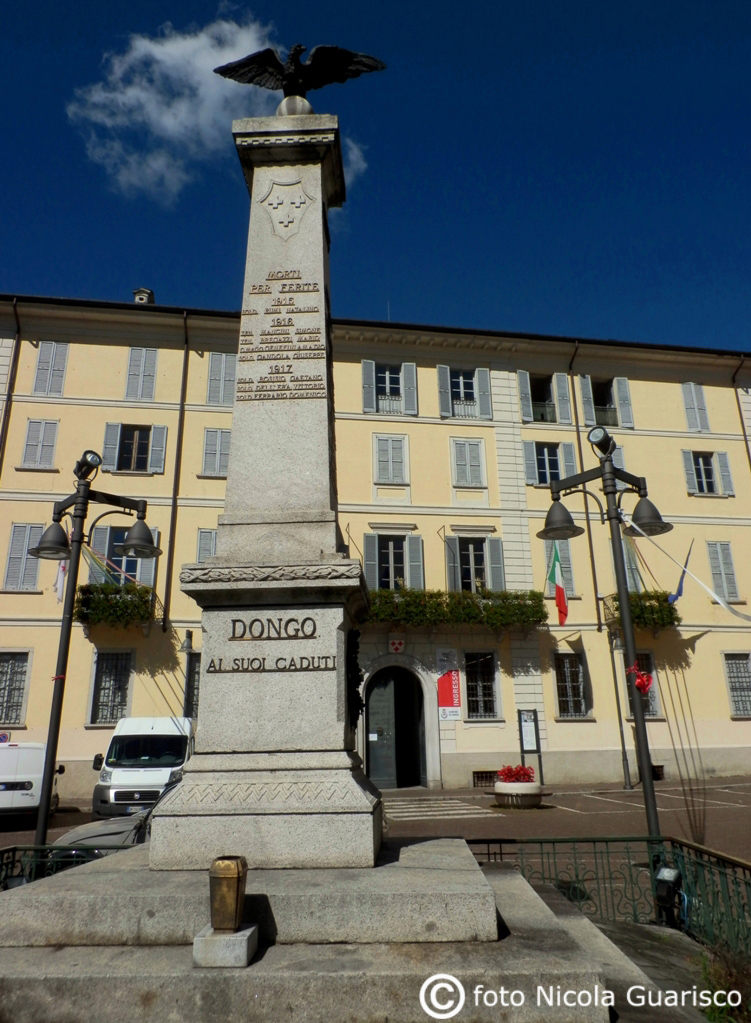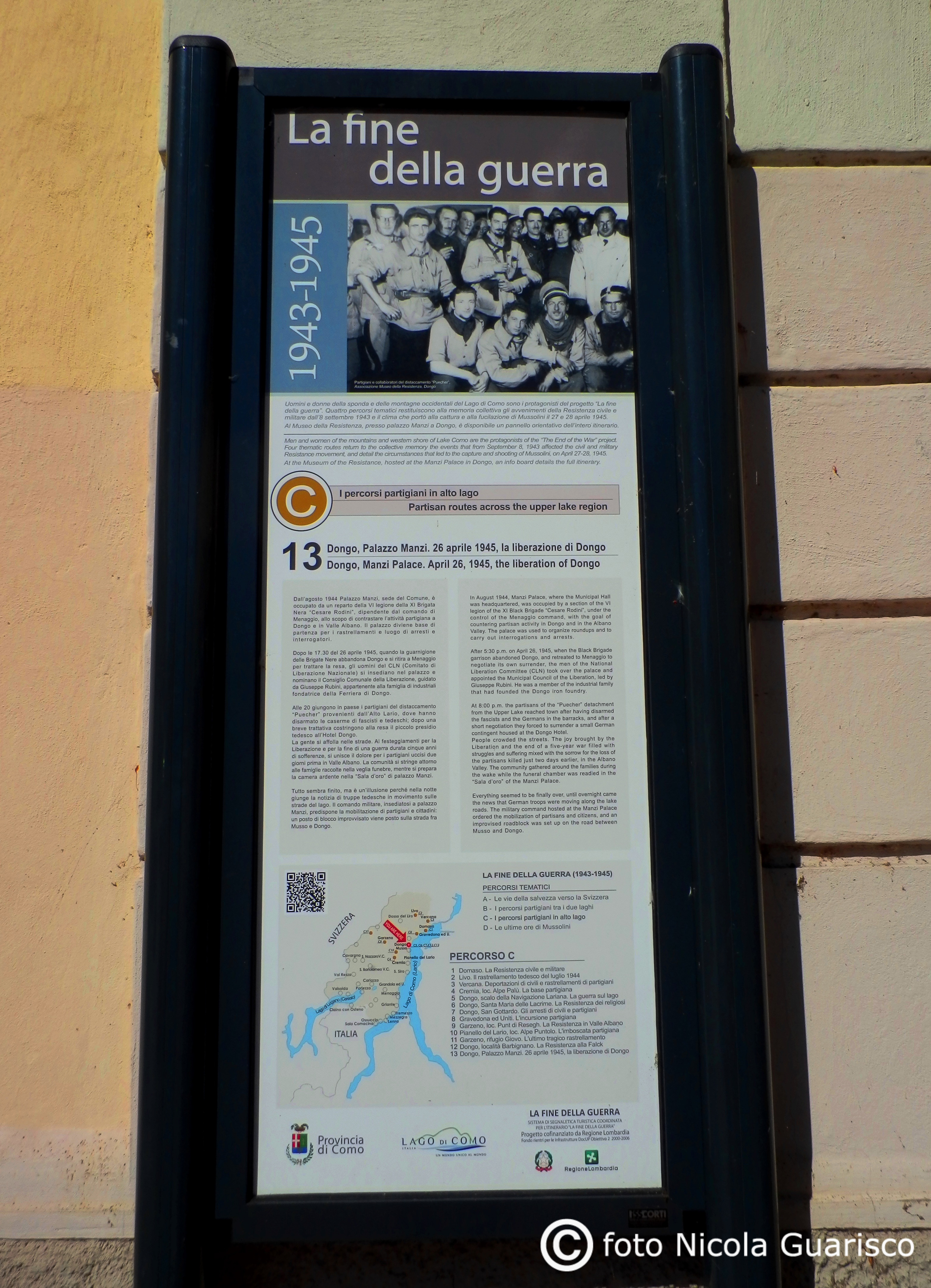|
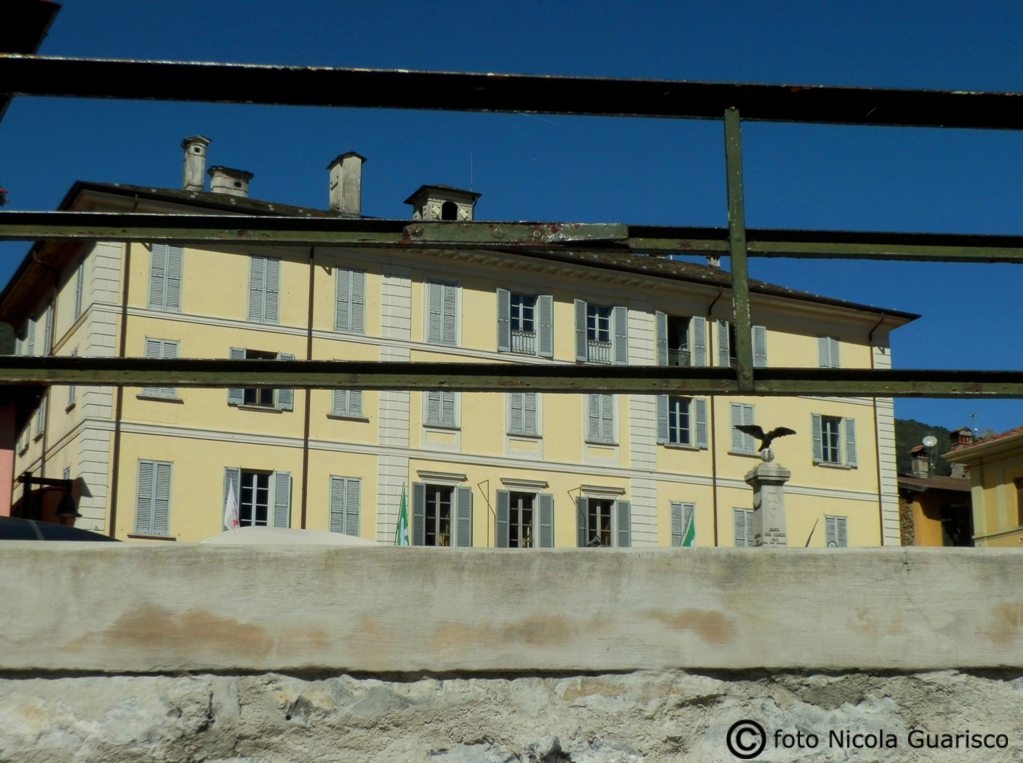 |
|
The holes of the bullets that killed Mussolini’s companions are still visible in the original balcony railing. Mussolini was executed in Mezzegra (Lenno) the day after his capture.
|
|
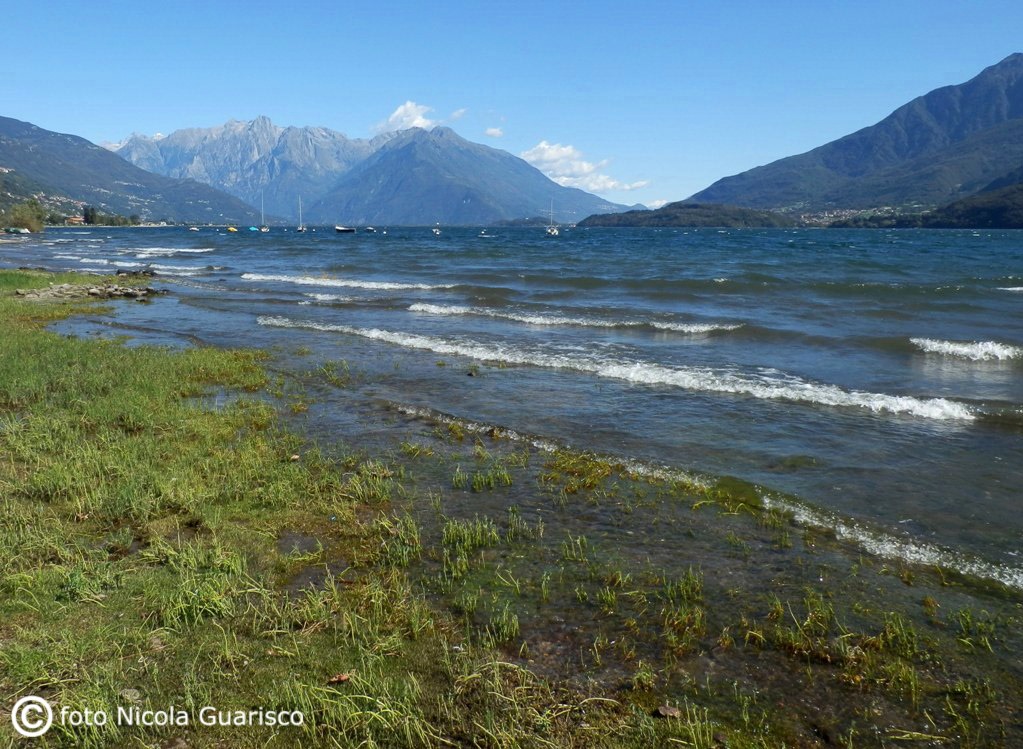 |
|
The waves pushed by the wind sweep away all memories of history, over the flatland that characterizes the lakeshore of Dongo. The “end of the lake” is nearby, with its low banks that emanate a typical scent of wet grass. We are far from the south end of Lake Como with its deep lake bottoms, narrow banks, noble parks and villas.
|
|
 |
|
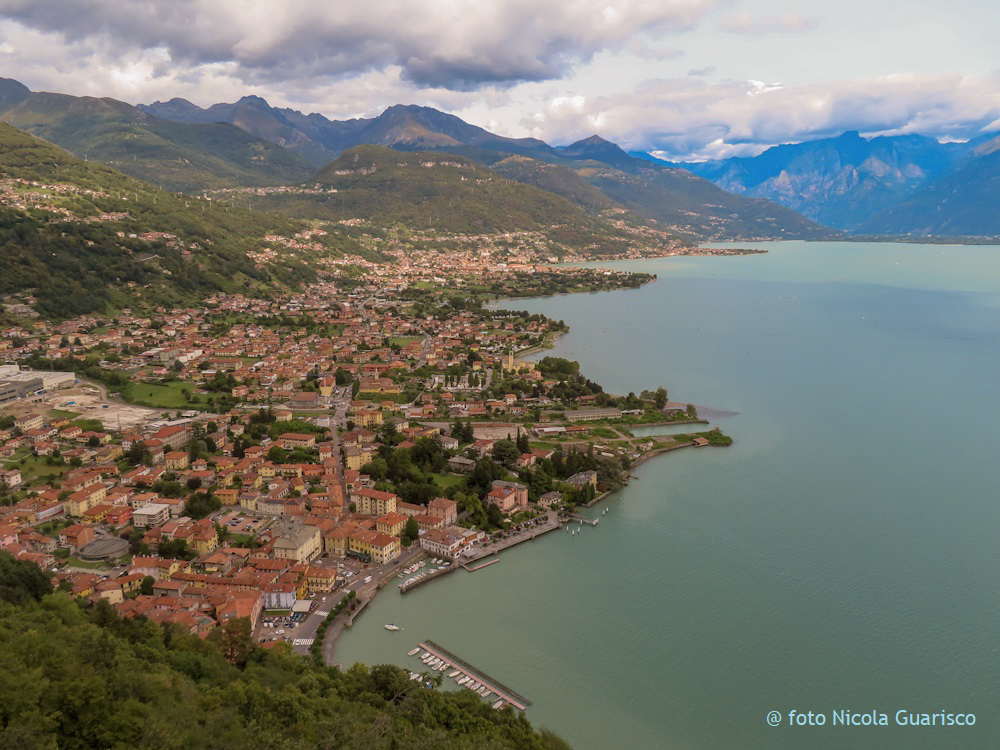 |
|
Panorama of Dongo with the alluvial plain formed by the Liro River,
an area once occupied by meadows, fields and wetlands.
|
|
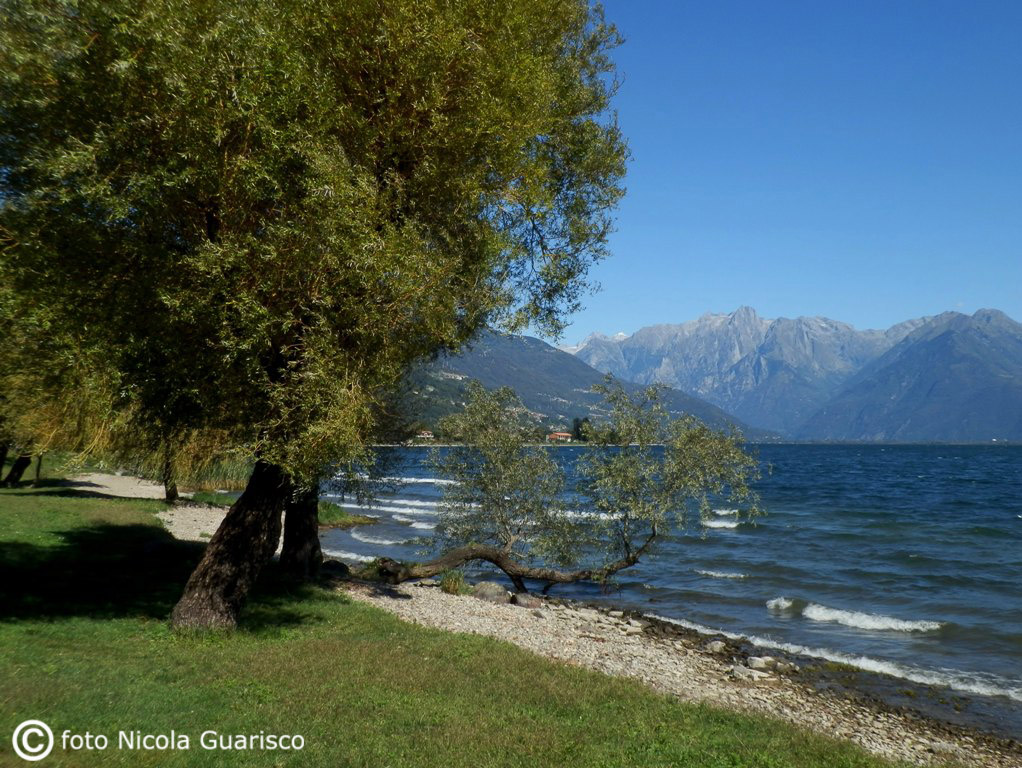
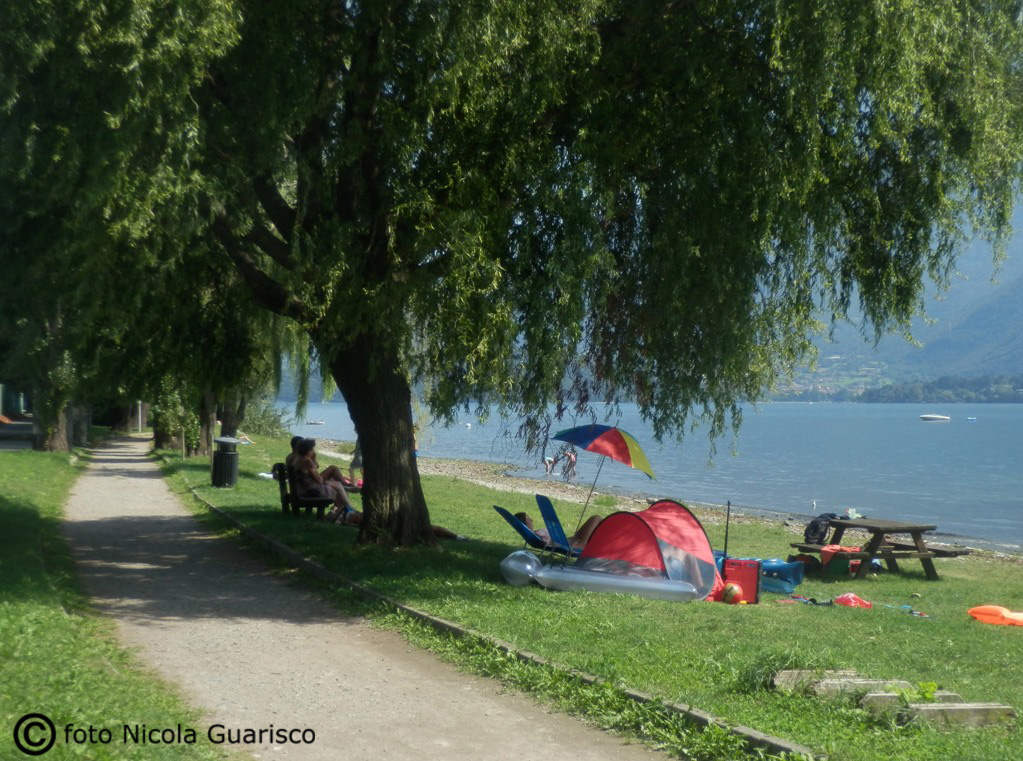 |
|
The green pathway that runs along the pebbly beach and the meadows
where various camping sites are located, in contact with nature.
|
|
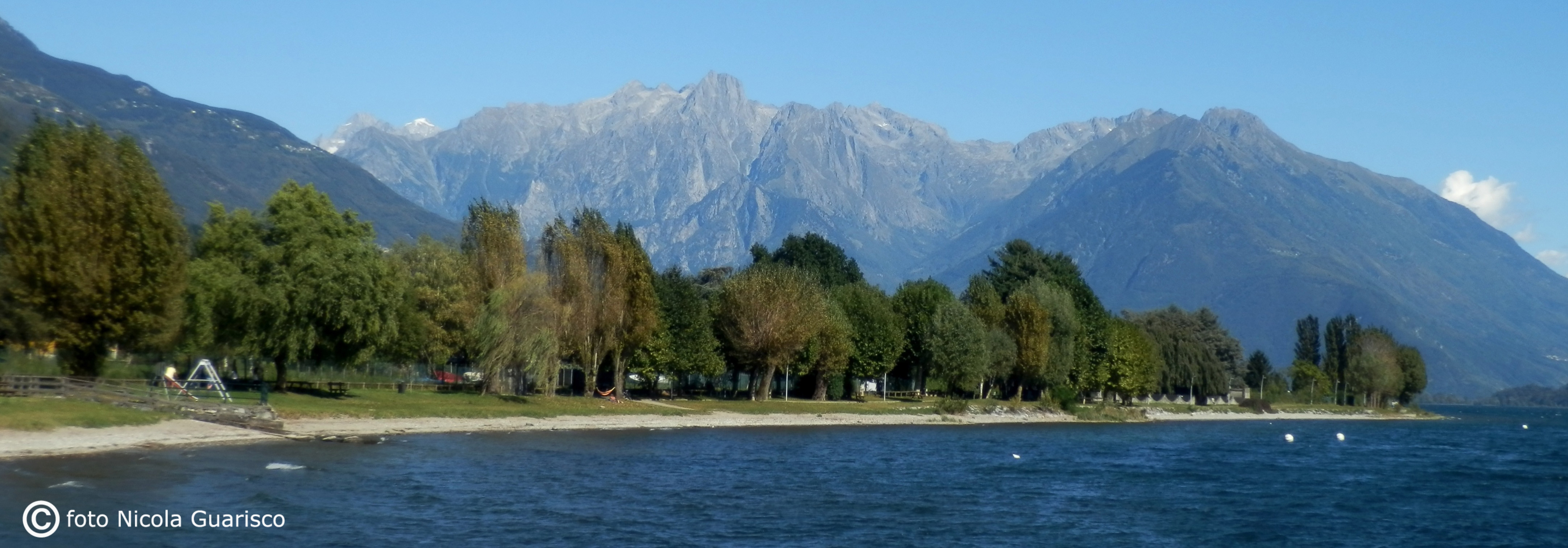 |
|
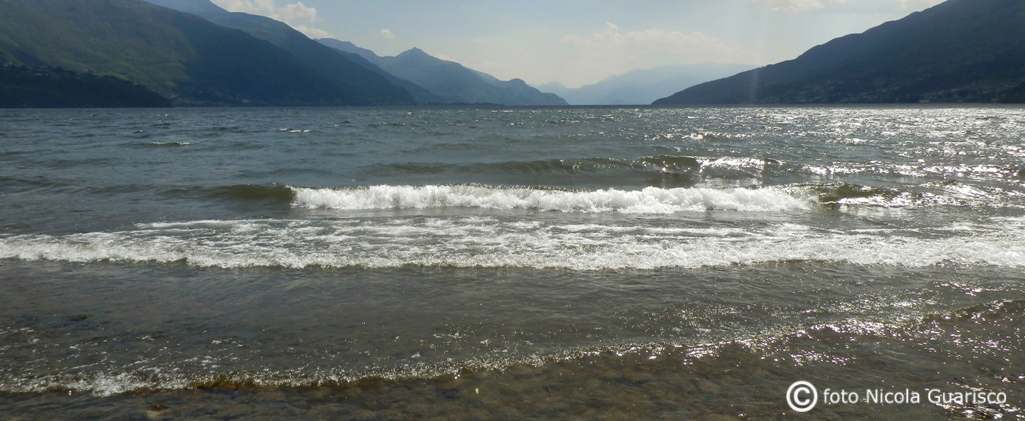 |
|
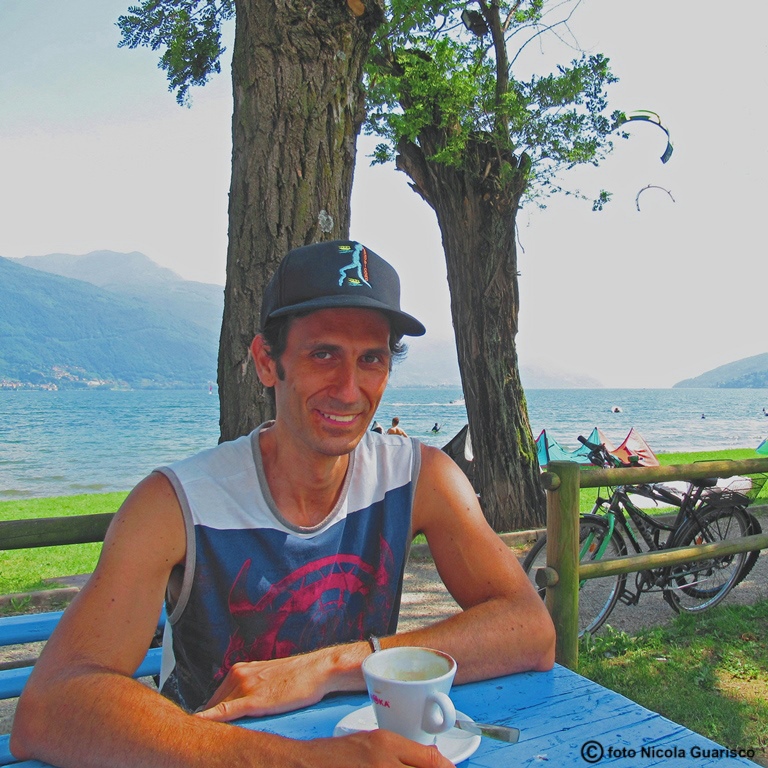
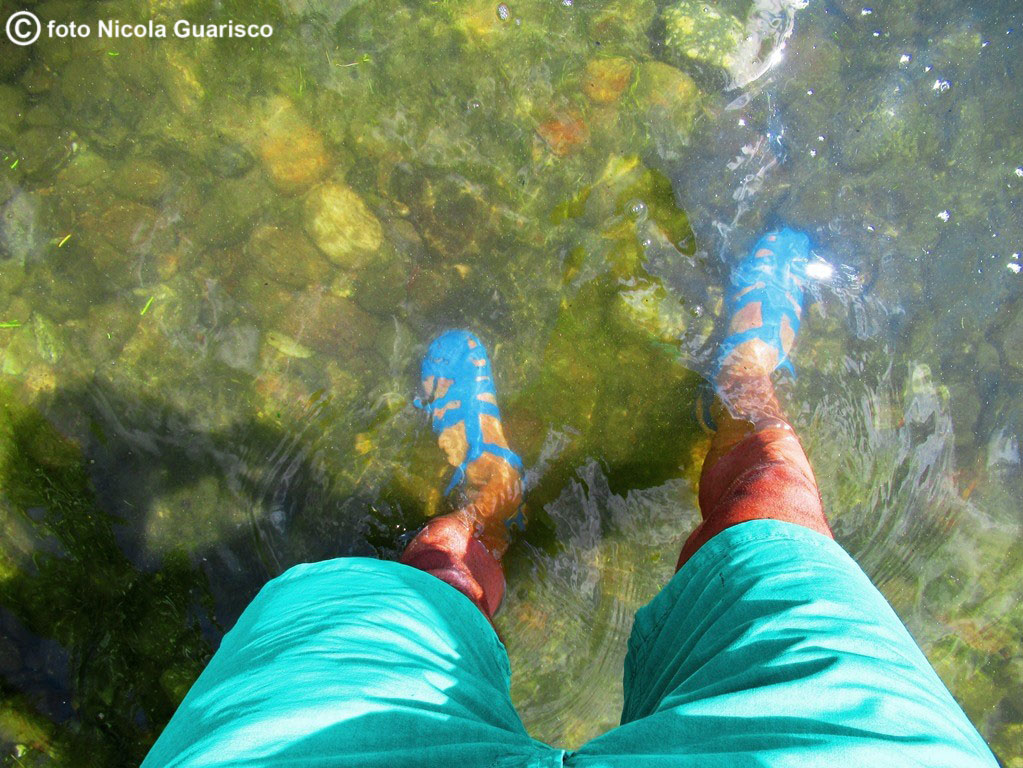 |
|
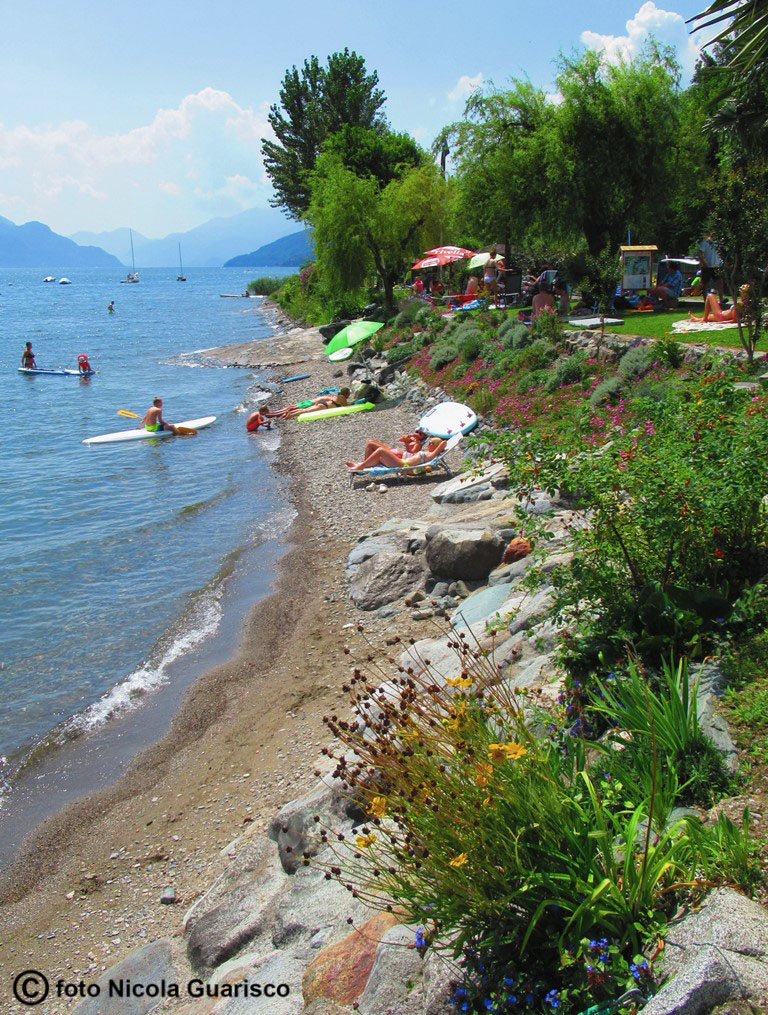
 |
|
The campings...
|
|
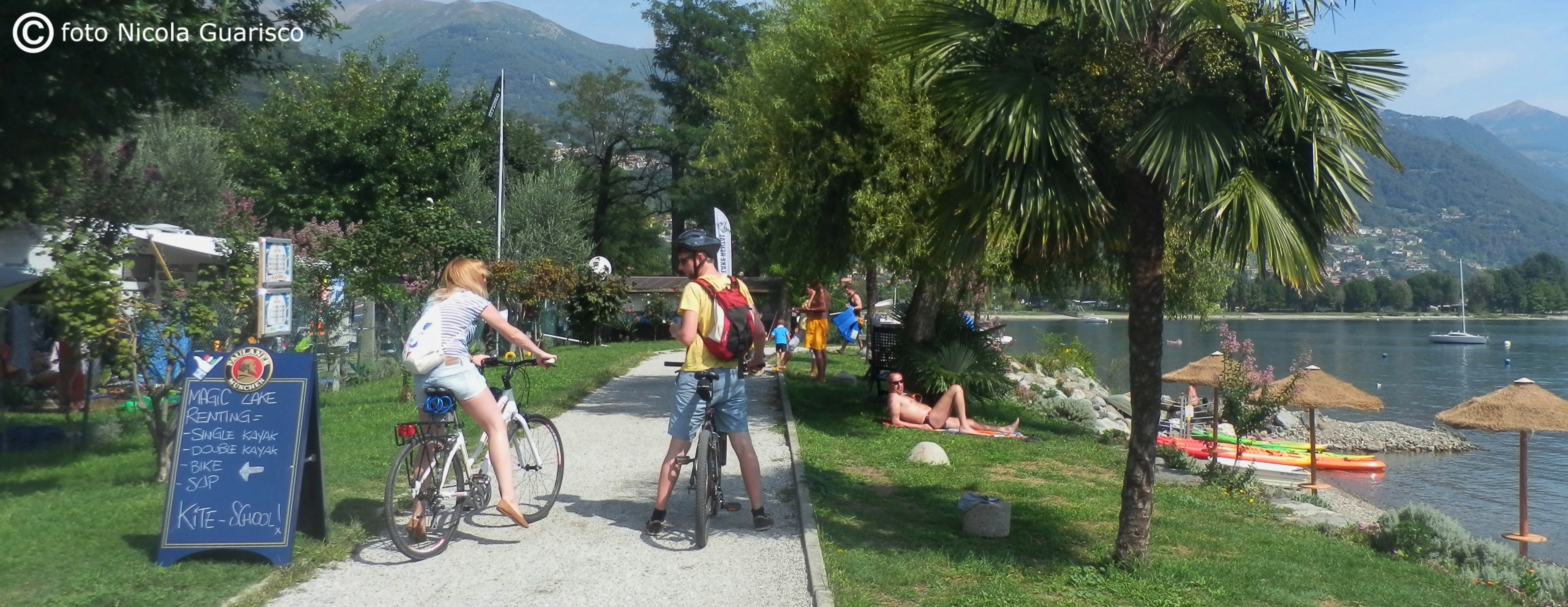
|
|
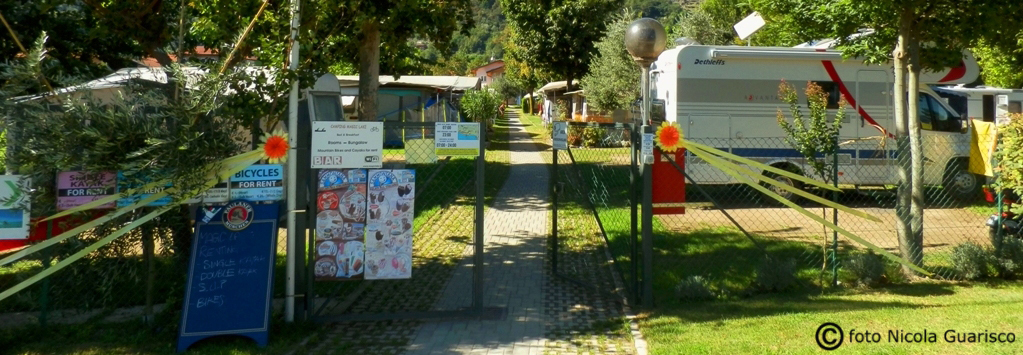
|
|

|
|
A yacht race in front of Dongo. |
|
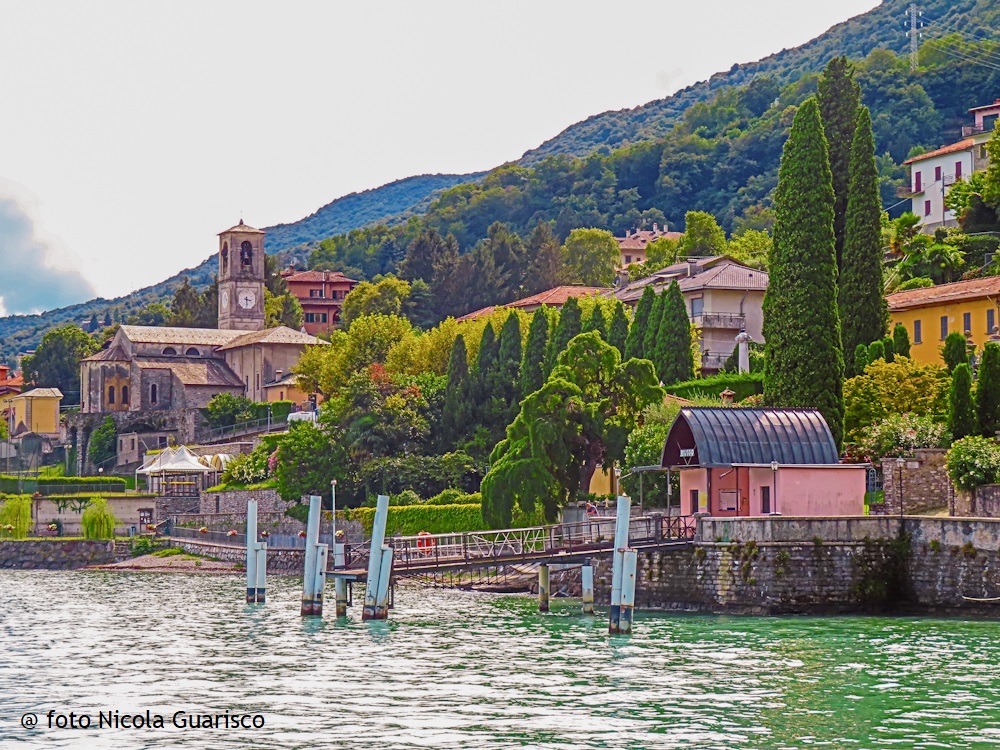
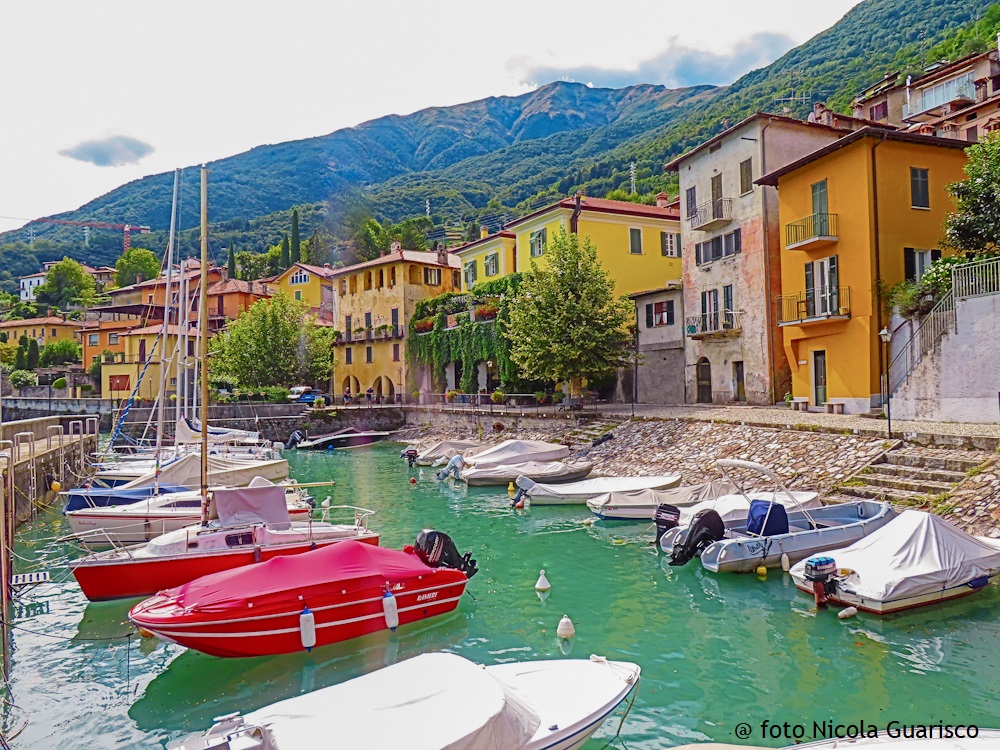 |
|
The hamlet of Musso is located to the south. The Milanese warlord Gian Giacomo Medici, better known as "the Medeghino" (1498 -1555), found shelter in the Castle of Musso, which no longer exists today. The Medeghino was a sort of “high-class hired killer”, a buccaneer who sided with the Ghibelline party. He was occasionally hired by the Sforza family who lorded over the Lake Como area during the wars between the Duchy of Milan and the Swiss Grigioni army, with the aim of taking control of the Valtellina area. He also fought in Hungary and Germany and transformed Musso into a small city-state that had the privilege of its own mint. |
|

 |
|
Gian Giacomo Medici. |
|
 |
|
The panoramic church of Sant'Eufemia.
|
|
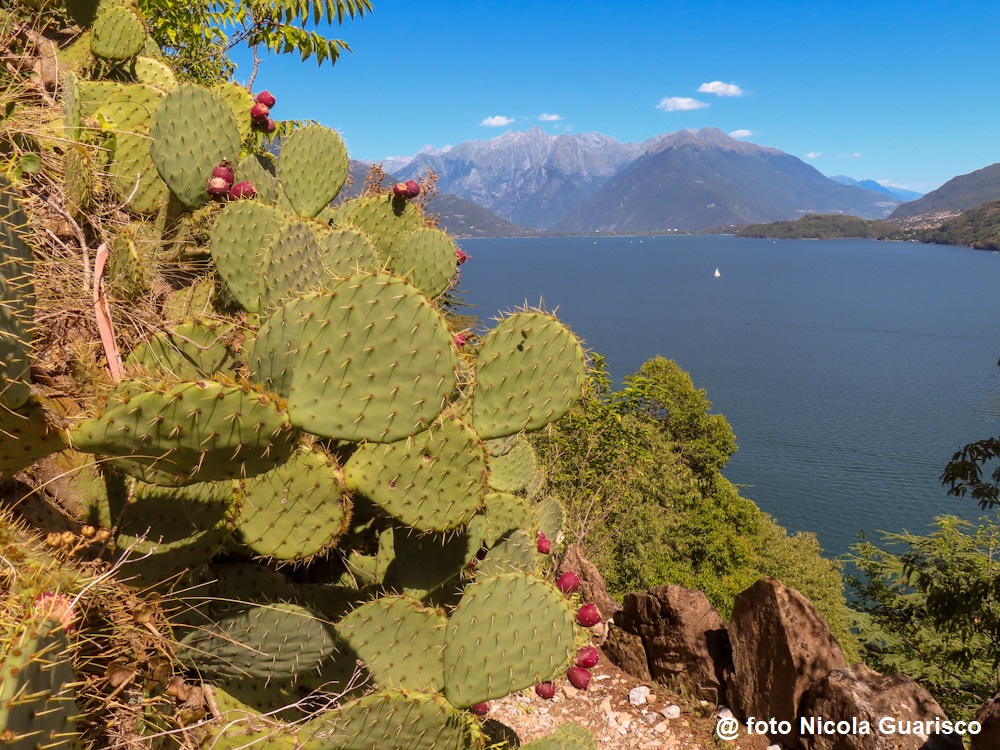
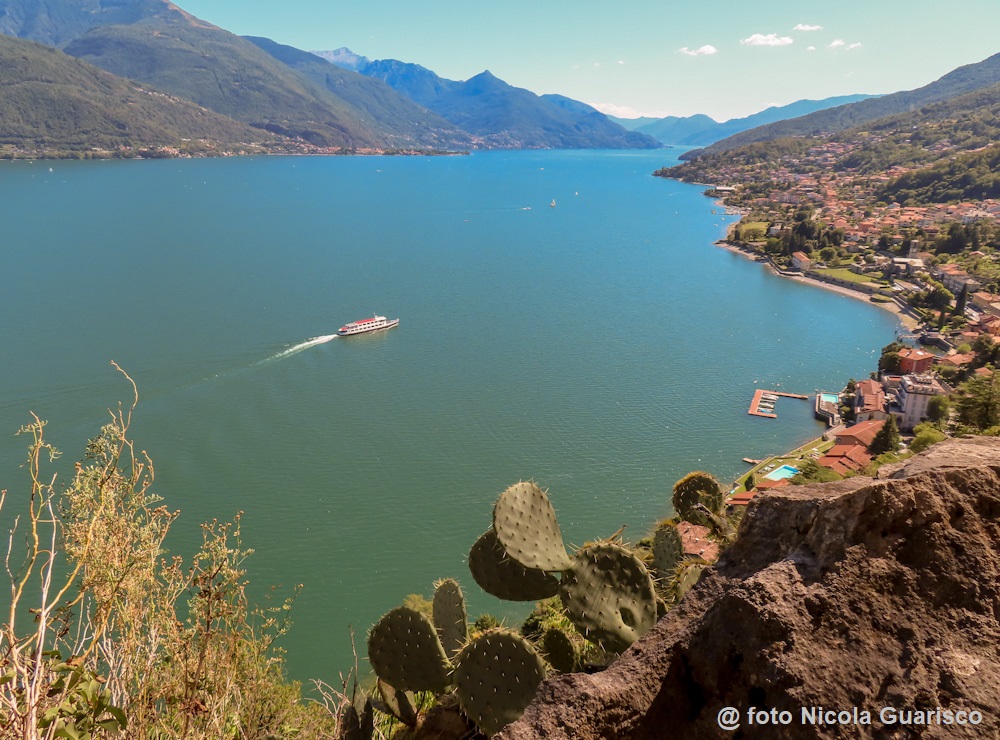 |
|
Musso, the Giardino del Merlo.
|
|
|
|
|
